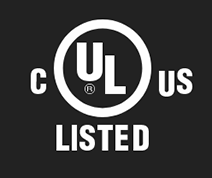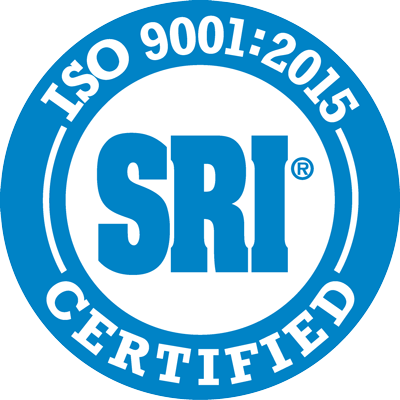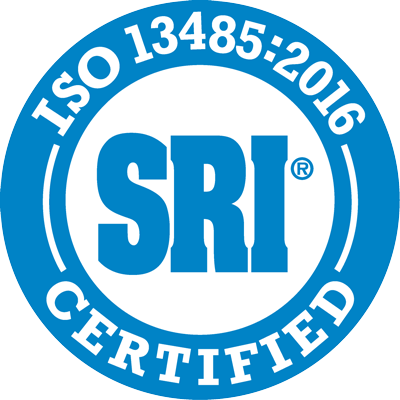Nitrogen-Infused Coffee and Beer: A Revolutionary Twist on the Gourmet Beverage.
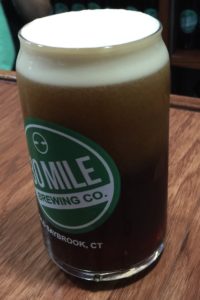 Coffee and beer lovers have another gourmet beverage to enjoy: Nitro Coffee and Nitro Beer. Nitro Coffee and Nitro Beer are infused with tiny Nitrogen bubbles, which give iced coffee a foamy texture, similar to the frothy collar/head on top of a typical glass of beer. Nitrogen bubbles improve the flavor, texture, and frothiness of a beer’s collar. On Site Gas provides nitrogen generators that will froth up your beer and coffee business as well. Our new Nitro-Blast will provide enough nitrogen for up to five tap lines can be wall mounted to save space.
Coffee and beer lovers have another gourmet beverage to enjoy: Nitro Coffee and Nitro Beer. Nitro Coffee and Nitro Beer are infused with tiny Nitrogen bubbles, which give iced coffee a foamy texture, similar to the frothy collar/head on top of a typical glass of beer. Nitrogen bubbles improve the flavor, texture, and frothiness of a beer’s collar. On Site Gas provides nitrogen generators that will froth up your beer and coffee business as well. Our new Nitro-Blast will provide enough nitrogen for up to five tap lines can be wall mounted to save space.
Iced Coffee Vs Cold-Brew, The Difference
Unlike iced coffee, Cold-Brew coffee is created by steeping coffee grounds in cold water. Once Nitrogen is infused into this coffee, the Cold-Brew coffee has a silky texture with a foamy head.
Creating Nitro Cold-Brew Coffee: The Process
Nitro Cold-Brew begins as regular Cold-Brew coffee in your typical coffee shop, whether it’s a small town business or an international powerhouse. Beneath the counter sits a single keg full of their Cold-Brew coffee. Two lines are attached to the keg: one line runs directly to the original Cold-Brew tap; the other line is infused with Nitrogen bubbles from the Nitro-Blast generator as it is poured from the Nitro tap.
Nitro Cold-Brew Coffee – What Coffee Lovers Can Expect
Cold-Brew exits the spout as a deep-brown coffee. As the Nitrogen infused coffee pours from the spout, cascading into the cup, it separates the darker brew from the lighter brew and then tops it off with a thick, foamy collar. This Nitro Cold-Brew coffee resembles a Guinness beer with the cascading reverse waterfall of bubbles, both visually and texturally. It also creates a natural sweetness lessening the need to add milk and sugar.
Nitro Beer: The replacement for Carbon Dioxide.
For years, the frothy collar on beer has been created by carbon dioxide, but some brewers have started creating what is referred to as Nitro Beer. Nitro Beer differs from traditional beer in that it is infused with Nitrogen. As the beer and Nitrogen interact, the beer becomes creamier, smoother and more evenly flavored. Furthermore, the beer has a frothier collar and a less bitter taste. Another benefit of using the Nitro-Blast Nitrogen Generator is safety, as this is a safer alternative to liquid dewars for a brewery or coffee shop.
Brewing Nitro Beer: The Process
For the most part, Nitrogen is insoluble in liquid: this is what gives the beverage its foamy, thick-mouth feel. And a piece of tap equipment specifically designed to enhance the texture of the beer adds to this effect. It’s called a restrictor plate, and it pushes beer through tiny holes directly before the beer enters the glass. This process creates the rising effect that’s typically seen when a carbonated beverage is poured into a glass.
Companies interested in learning more about Nitrogen generators available at On Site Gas should contact us today. Whether you need a PSA Nitrogen generator or a membrane Nitrogen generator, On Site Gas can custom build a Nitrogen generator for your company: We build Nitrogen generators for companies all over the world.

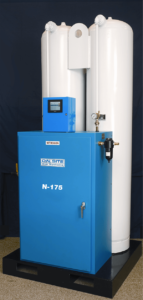 Companies thinking about purchasing a
Companies thinking about purchasing a 
